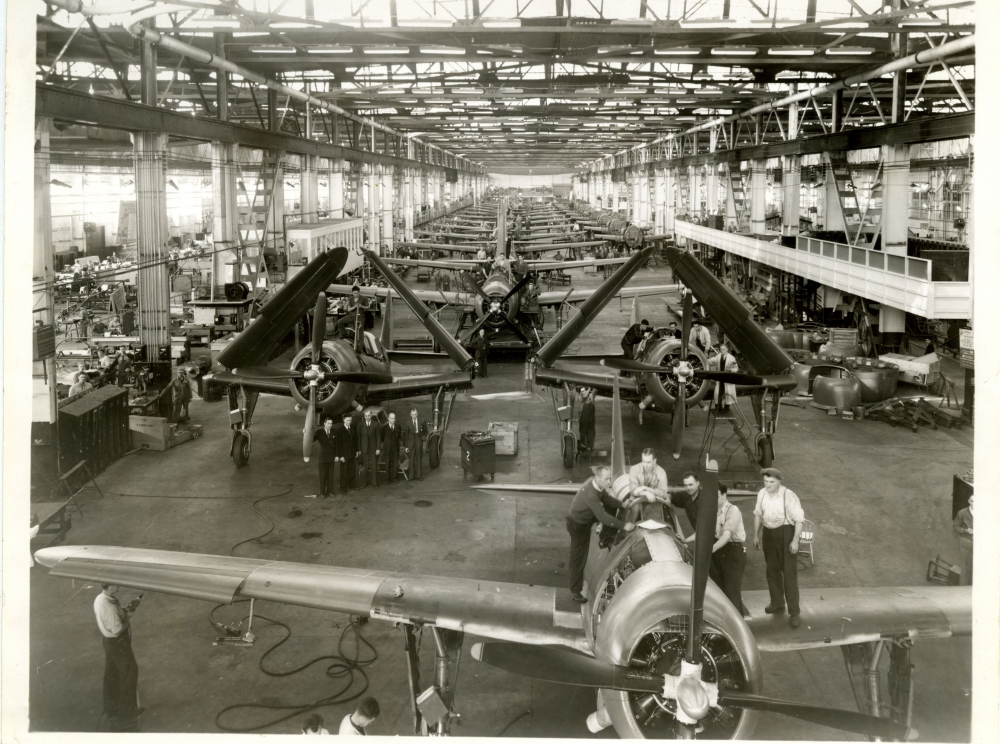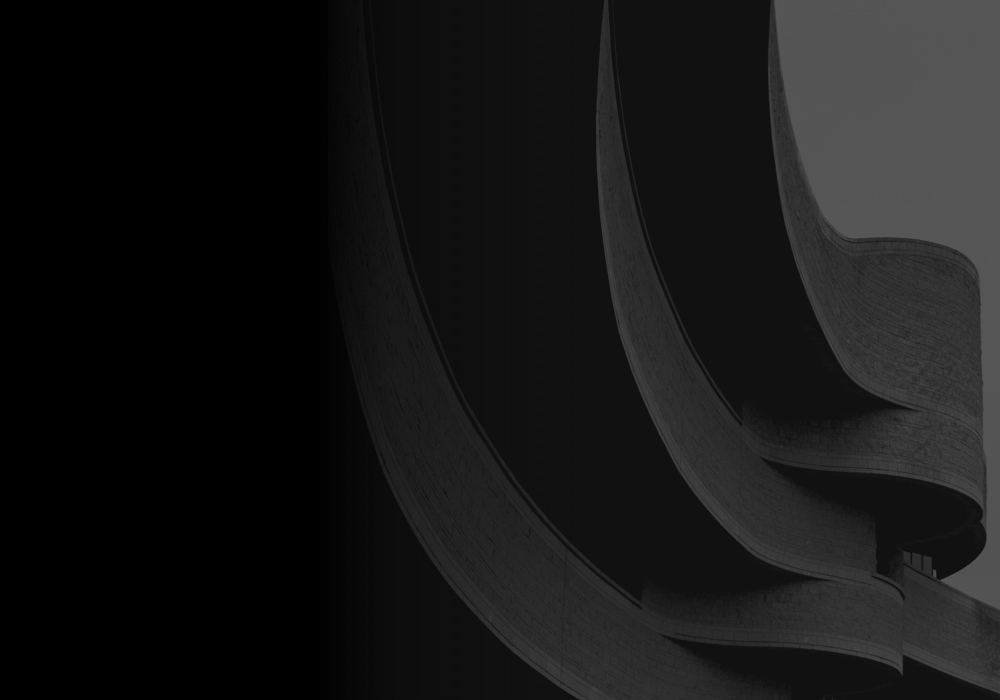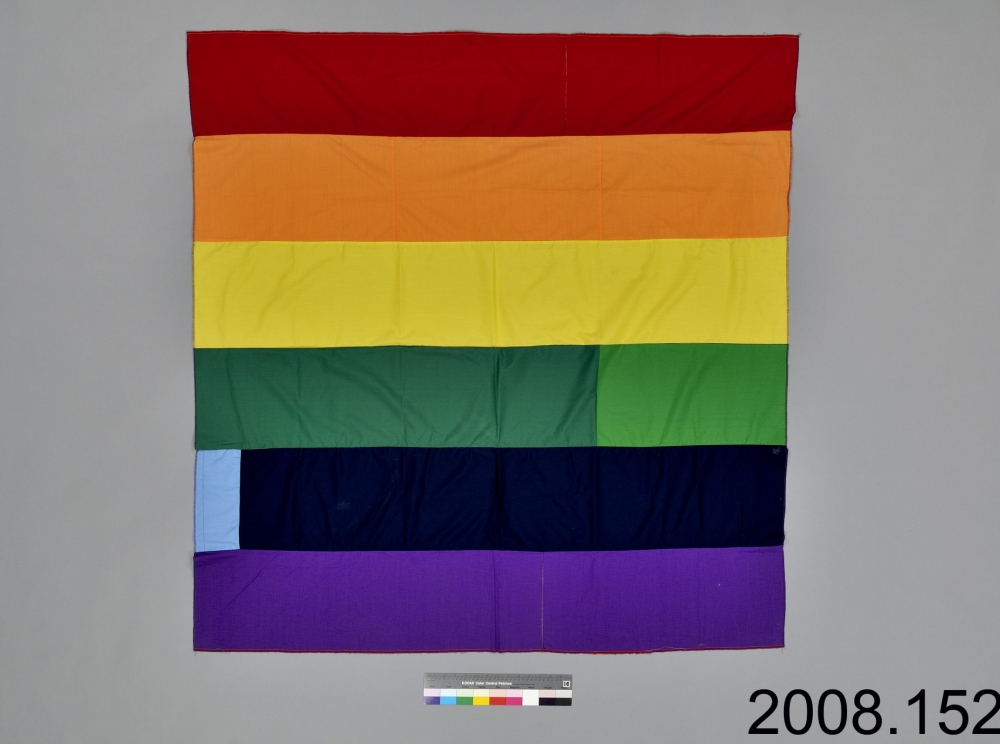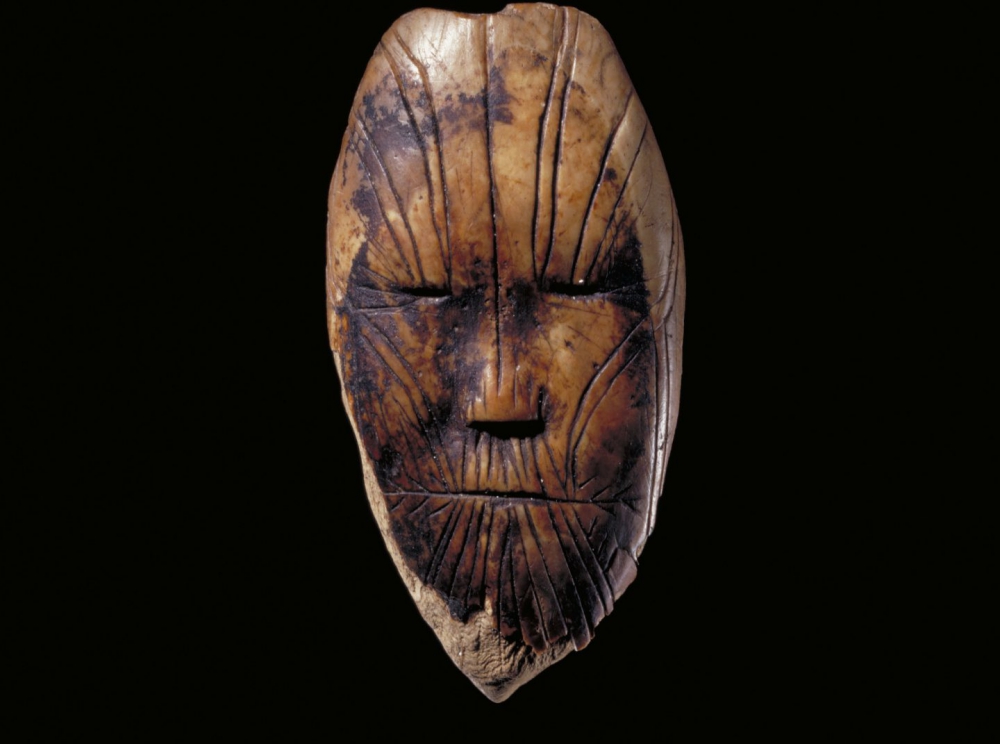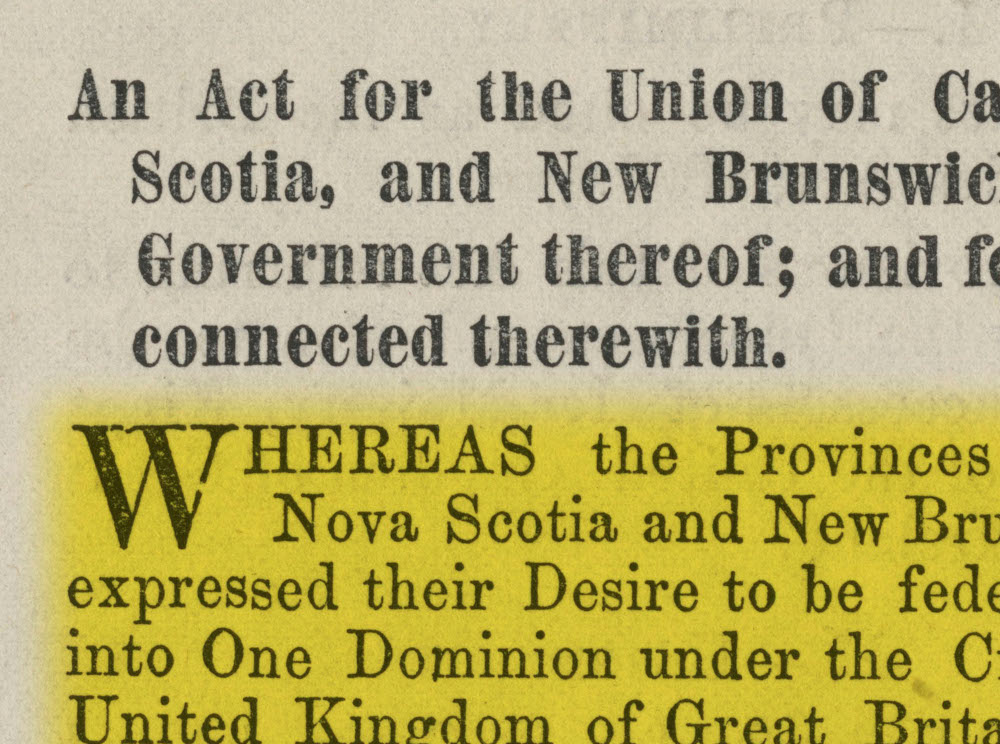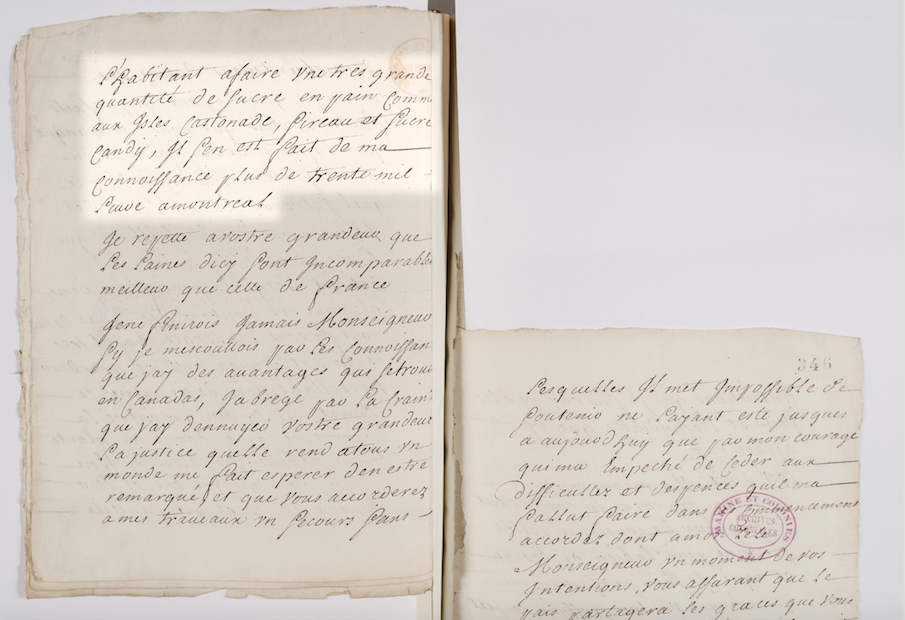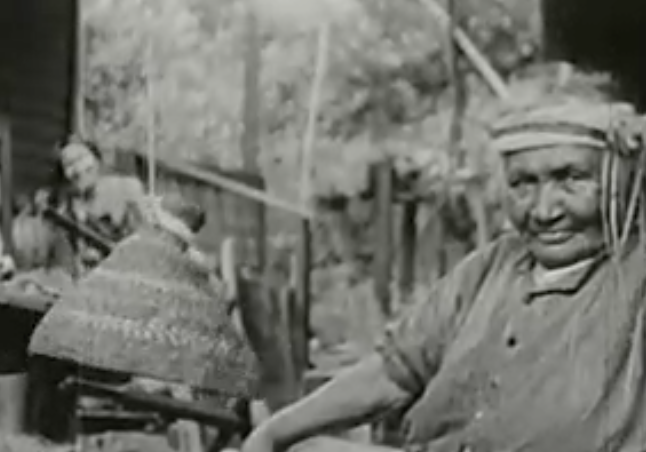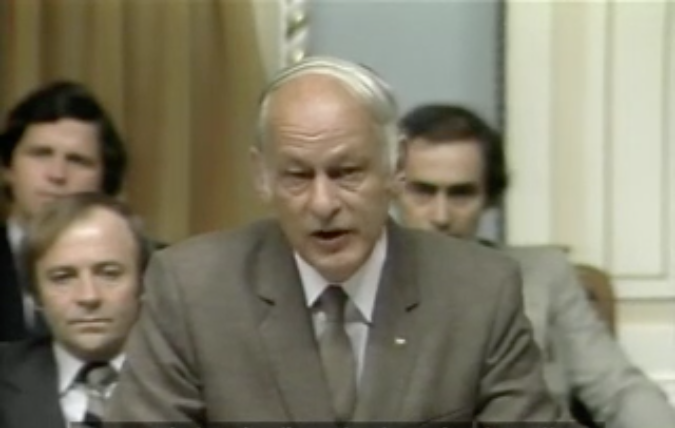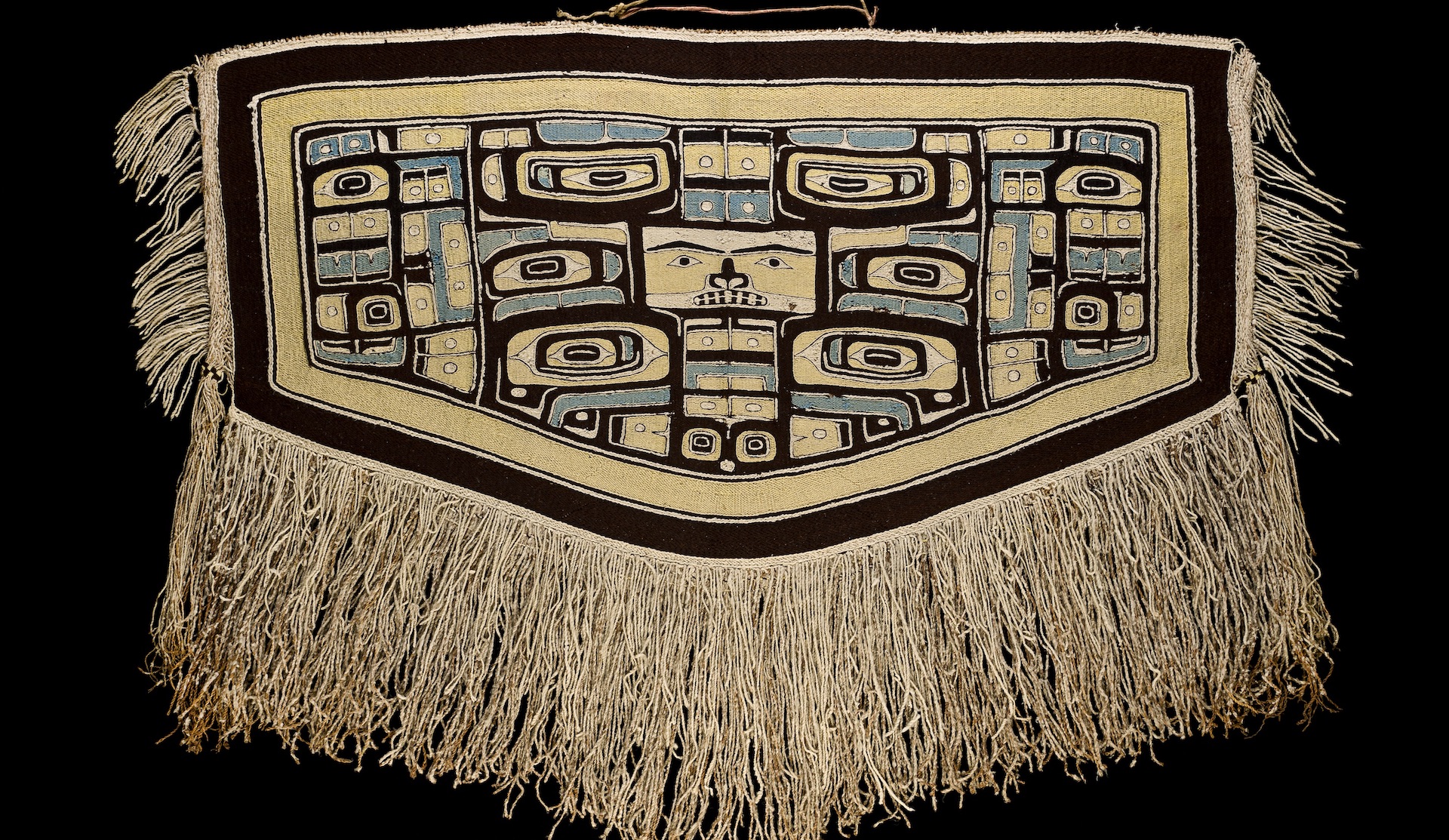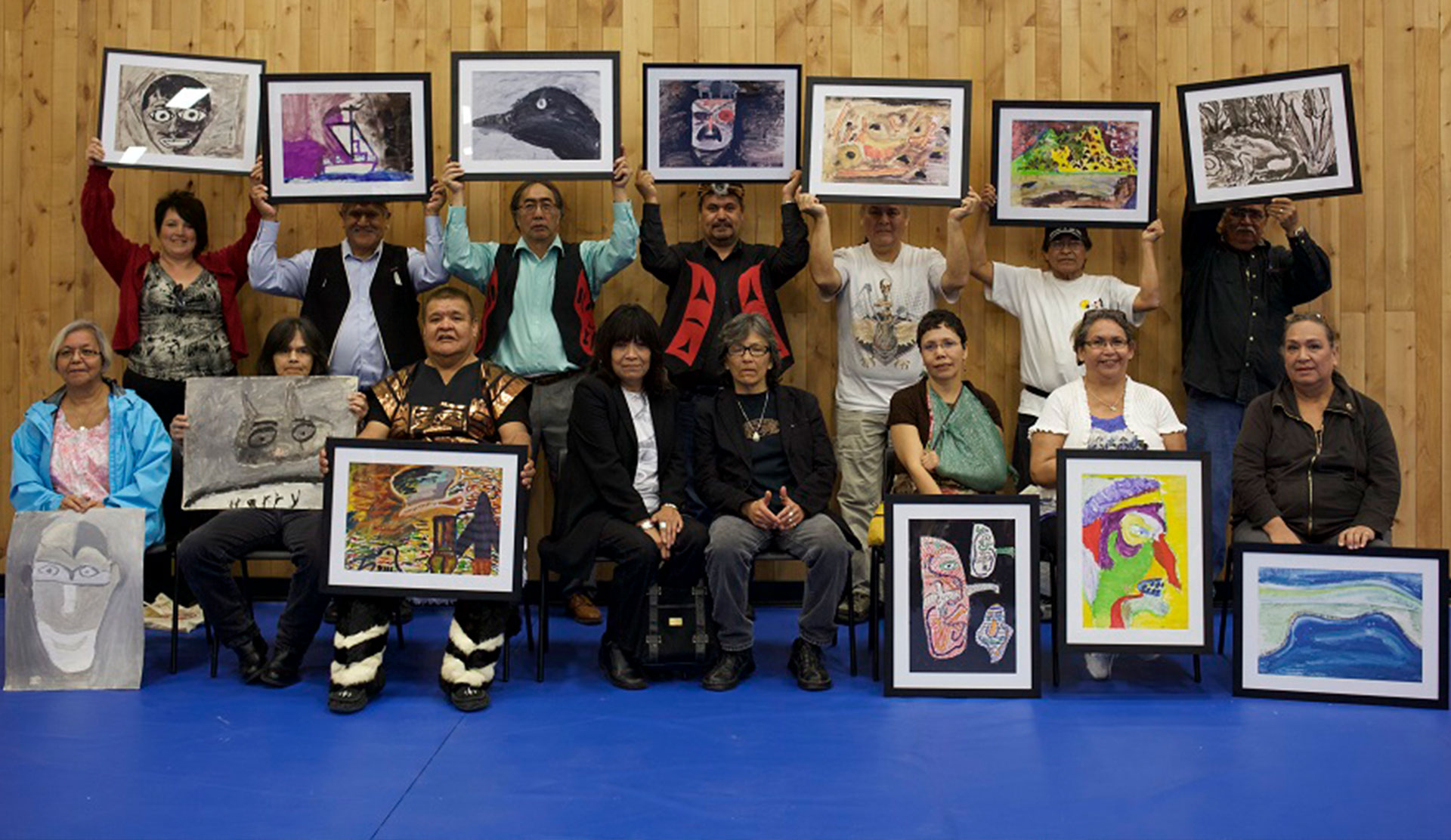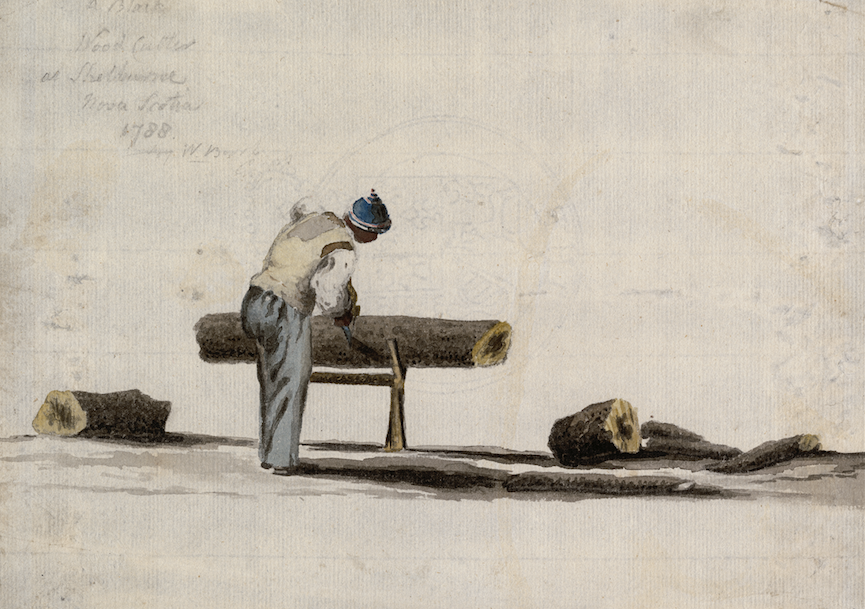

Think Like a Historian: Working with Primary Source Evidence
Think Like a Historian: Working with Primary Source Evidence
This package guides teachers and students through the basics of applying Peter Seixas and Tom Morton’s Big Six Historical Thinking Concepts to the different types of historical primary sources that are frequently found in museums, archives and libraries: images, audio clips, film and video, artifacts and documents. Primary sources are sometimes referred to as historical evidence. Primary sources are materials created or used during a specific time period in history. Examples include objects, oral histories, written records, archival documents and even DNA. These primary sources provide invaluable evidence in understanding the past.
Start to think like a historian and apply historical thinking skills. Analyze the primary sources in this package by looking at historical significance, continuity and change, cause and consequence, historical perspectives and the ethical dimension to make inferences and corroborate conclusions.
 Activities
Activities
Topics
Audio
Audio recordings, like films and videos, can be an incredibly useful window into the past.
Documents
Documents are usually what people think of when they hear “primary source evidence.”
 website
website
